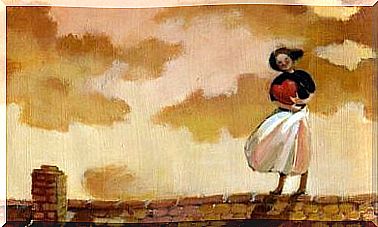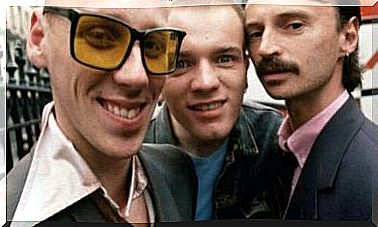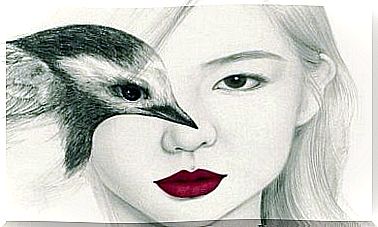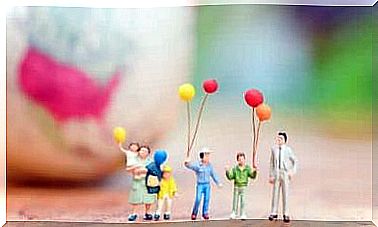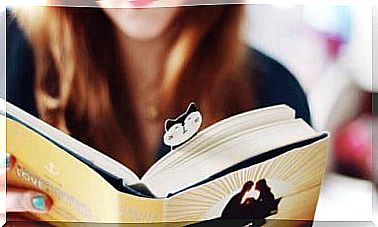Daedalus: The Great Inventor Of Greek Mythology
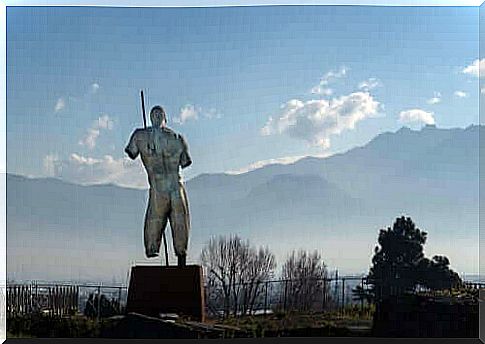
Daedalus, or Daidalos, was the great inventor, architect and sculptor of Greek mythology. Greek mythology tells of how he built i.a. the famous Minos Labyrinth.
Daedalus was a mythical figure, but his name has inspired many other characters. With the help of Daedalus, a number of Greek writers have personified art, sculptures and architecture, especially among the Athenians and Cretans.
It is said that he lived during the heroic age; in other words, under the age of Minos and Theseus. Despite this, Homer mentions him only once. However, experts believe that this passage is quite controversial.
Where did the great inventors of Greek mythology come from?
The ancient writers often write that he was from Athens and a descendant of the royal Erechtheidae line. Others say he came from Crete because of the long time he spent there.
According to Diodorus, who gives the most detailed description of him, Daedalus was the son of Methion. Methion himself was the son of Eupalamus who was the son of Erictonius.
Other writers write that Daedalus was actually the son of Eupalamus and Palamon. His mother’s name was Alcippe, Ifinoe or Phrasmede.
He worked as a sculptor and contributed a lot to art. He had two sons: Icarus and Lapyx. His nephew, Talos (or Perdix) is also an important figure in this story.
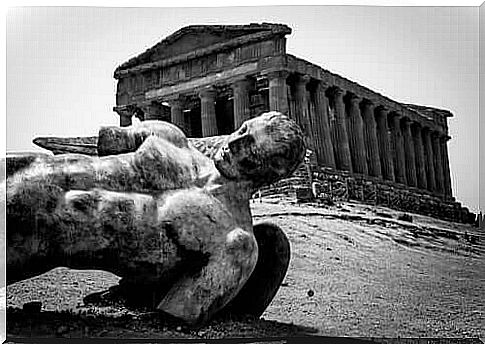
The jealous creator
Daedalus was so proud of what he had achieved that he could not stand the thought of a rival. The architect’s sister introduced her son to her brother so he could teach the boy mechanics.
This young man’s name was Perdix, but some sources call him Talos or Calis. Perdix showed that he was very good at art and that he was a real genius.
According to Greek mythology, Perdix picked up a fish bone while walking by the sea. He was inspired by the shape and therefore shaped a piece of iron in imitation of this object. This was the origin of the saw.
In another story, Perdix placed two pieces of iron next to each other. He connected them on one side with a rivet and filed the other end. This was the first compass.
Daedalus felt so jealous of what his nephew had accomplished that he pushed Perdix so that he fell from the Acropolis. The goddess Athena is said to have turned him into a partridge so that he could land safely.
At the same time, she left a scar that was shaped like a partridge on Daedalus’ right shoulder. He was convicted of the crime and left Athens after hiding for some time.
Crete, a maze and a wooden cow
When he arrived in Crete, King Minos and his wife Pasifae took care of the inventor. However, it was not long before he was soon in a dangerous situation again.
The problem was that Minos had decided to keep a fantastic white bull that Poseidon had given him. He did this instead of sacrificing it to the sea god.
Poseidon then became furious and caused Pasifae to be attracted to the bull.
Pasifae asked the inventor to build a wooden cow where she could hide and mate with the bull. After she had done that, she became pregnant and gave birth to the minotaur. This animal had a body like a human but with the head of a bull.
Minos himself hired him as well. He made him create a maze to close the minotaur so that it could not escape. This was the famous labyrinth of Greek mythology.
To fulfill King Mino’s task, Daedalus built one of the world’s largest architectural works.
The labyrinth had endless corridors and very complex angles that could confuse anyone who entered it, so that it became virtually impossible to escape.
Every seven years, the Athenians had to send seven young men and seven young maidens to the minotaur. This sacrifice was meant as a gift for the peace of both parties.
Theseus arrived in the second group of Athenians as volunteers. He immediately fell in love with Ariadne, the daughter of King Minos. The princess did not want her new love to die and therefore asked the sculptor for help.
Daedalus gave her a ball of yarn. He tied one end to the entrance to the labyrinth in order to use it to return. The hero then used this to escape after he had killed the beast.
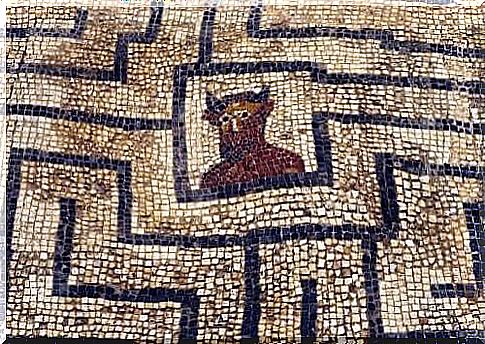
The great inventor of Greek mythology and Icarus’ flight
King Minos became furious when he heard about the wooden cow. As punishment, he therefore locked Daedalus and his son Icarus in the labyrinth.
Deadelus knew how to get out of the maze, but he could not escape from the island because all the sea routes were monitored.
He therefore used another solution to escape. He built two pairs of wings with wooden sticks and then attached real feathers to them with wax.
The inventor gave Ikaros specific instructions on how to fly. He told him not to fly too low because water could get caught in the springs and weigh them down.
He also told him not to fly too high as it could melt the wax.
They managed to escape and flew towards Sicily. But Ikaros soon forgot his father’s instructions and continued to fly higher and higher. The sun melted the wax and he fell into the sea and drowned.
Icarus fell into the sea near Samos and his body floated on the shore of a nearby island. People then named the island Icaria in his honor.
The inventor Daedalus
Greek mythology tells us that he built masts and sailboats which were then used in Mino’s fleet. Others say he sculpted detailed statues.
They were so detailed that they seemed alive. According to mythology, these statues would have fled if it had not been for the chains with which they were attached to the walls. Daedalus came to represent the anonymous Greek artist.
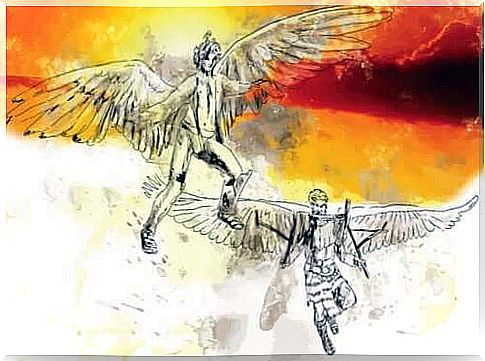
The significance of the legend
You can see pictures of Daedalus and Icarus on many Greek vases, gems and walls. He has also been praised by many artists. Pieter Brueghel drew e.g. Ikaros fall.
Anthony van Dyck and Charles le Brun also devoted some of their works to conveying the legend of Daedalus. He has also appeared in Brill’s works and sculptures by Anotinio Canova.
The legend of the great inventors of Greek mythology has also inspired writers such as James Joyce and WH Auden. There are also a number of other artists and artists who have helped keep his name alive.
Daedalus’ story urges people to think about the consequences that their inventions may have in the long run. Daedalus is a symbol of what can happen when even inventions do more harm than good.
We have, for example, the case with Ikaro’s wings.
The same can be said about the creation of the monstrous minotaur and its labyrinth. The construction of this labyrinth made it almost impossible to kill the beast.

